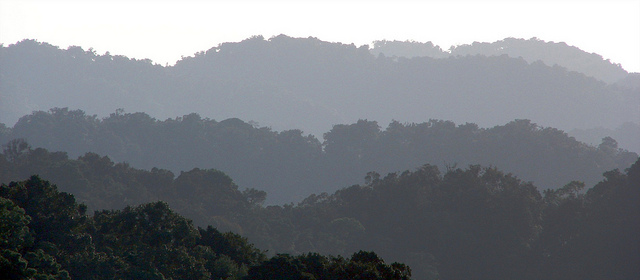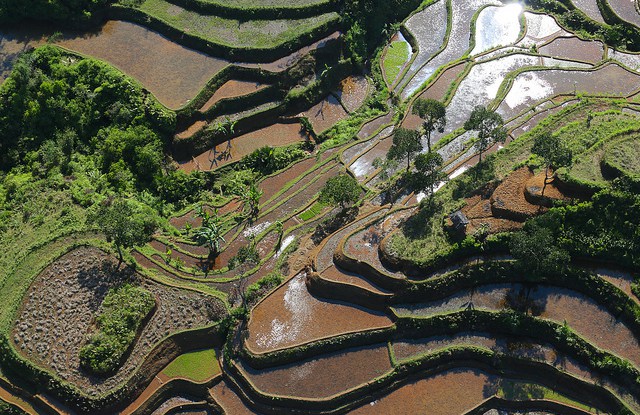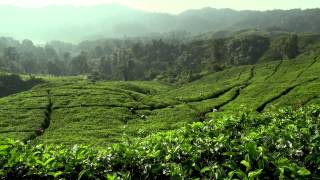NAIROBI, Kenya — What on Earth does “integrated landscape management” mean?
If you ask 78 different scientists, you just might get 78 different answers, participants at a recent land-use conference found.
Consensus on definitions is a hallmark of science. When there is no consensus, though, things can get unwieldy — especially where science meets policy.
So it goes for the “landscape approach” to sustainable development, a framework that encompasses the full spectrum of land uses and actors for land use and management.
The term “landscape” has become commonplace in the global discourse on sustainable development and management of land and other natural resources, but the scientific community has yet to agree on a single definition for “landscape approaches,” probably for good reason. At the recent conference on Landscapes for People, Food and Nature organized by EcoAgriculture Partners and the World Agroforestry Centre in Nairobi, Kenya, participants learned there were no fewer than 78 different terms that allude to integrated landscape management.
In recent years, the research community has spent a great deal of time and intellectual energy trying to narrow down the terminology around the terms “landscapes” to conjure a universally accepted definition for landscapes and landscape management. The knowledge that a plethora of terms is of little use when dealing with multiple stakeholders has led to recent efforts within the research community to provide a more cohesive framework for the landscape approach.
When the Center for International Forestry Research (CIFOR) and partners published a paper outlining 10 principles that distill the landscape approach down to its essential elements, it didn’t advance to the next stage of what that means on the ground.
MAPPING IT OUT
At the time the paper was published, there was a great deal of interest from the media: The question they wanted the authors to answer was where the landscape approach had been applied successfully, so they could see the results. The problem? There were few places where it had been explicitly applied.
The thorny issue of terminology around landscapes threatens to derail the discussion and distract from the actual value and scope of the approach. To resolve this, CIFOR scientists are now undertaking a systematic mapping exercise in an effort to refine just what the landscape approach represents in practice, but avoiding strict definition, due to the plethora of implementation strategies.
“We will be using evidence-based research in the form of systematic mapping,” CIFOR researcher James Reed said. “This is a methodology developed in the medical sciences and more recently adopted by the natural and social sciences.” The aim, Reed said, is to synthesize the currently fragmented evidence base related to landscape approaches and understand what the “approach” actually represents.
Using pre-determined criteria, the team will screen the literature for relevance and quality to develop two maps — one with conceptual frameworks for landscape approaches produced by various institutions, and a second interactive one to show where and how landscape approaches are being or have been implemented.
According to Liz Deakin, a CIFOR post-doctoral fellow also working on the review, it is “hugely important” to clarify what the landscape approach means on the ground. “Right now there is a great deal of confusion surrounding what it represents and why we need it,” she said.
The mapping process will draw on peer-reviewed literature from multiple sources, but it will also seek out non-peer-reviewed documents of relevance such as dissertation theses, field notes, policy briefs and other “gray literature.”
The systematic map, which is to be completed and presented at the upcoming Global Landscapes Forum in Lima, Peru, in December 2014, should help move the discourse on landscapes beyond definitions and fuzzy thinking so researchers can concentrate on applying and further refining landscape approaches, which — unlike the alternatives — offer entry points for negotiation among competing land users.
To contribute gray literature to the systematic review, please contact James Reed (j.reed@cgiar.org) or Liz Deakin (l.deakin@cgiar.org).
We want you to share Forests News content, which is licensed under Creative Commons Attribution-NonCommercial-ShareAlike 4.0 International (CC BY-NC-SA 4.0). This means you are free to redistribute our material for non-commercial purposes. All we ask is that you give Forests News appropriate credit and link to the original Forests News content, indicate if changes were made, and distribute your contributions under the same Creative Commons license. You must notify Forests News if you repost, reprint or reuse our materials by contacting forestsnews@cifor-icraf.org.


